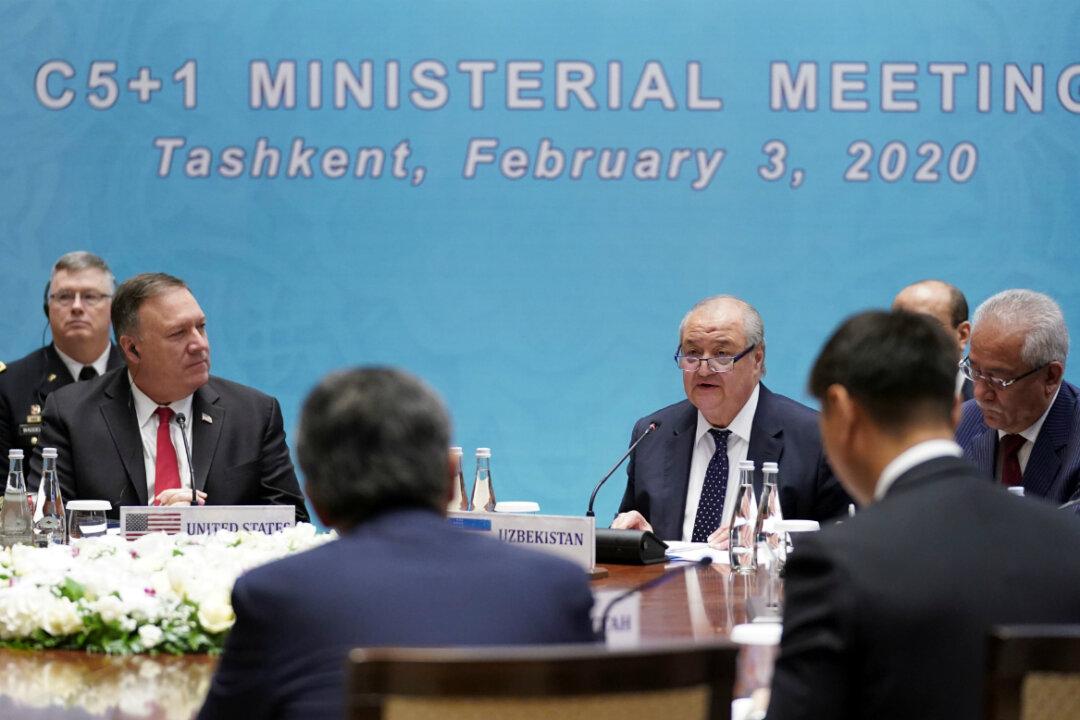The U.S. Department of State unveiled its new strategy for the Central Asia for the next five years on Feb. 5 with an objective to advance economic development, security, and sovereignty of Central Asian countries as a way to stabilize the region and promote peace.
The Central Asian region has always been the strategic and commercial crossroads between Europe and Asia, and it is important to “U.S. national security interests, regardless of the level of United States involvement in Afghanistan,” the new strategy document said (pdf).





